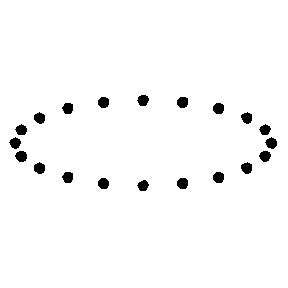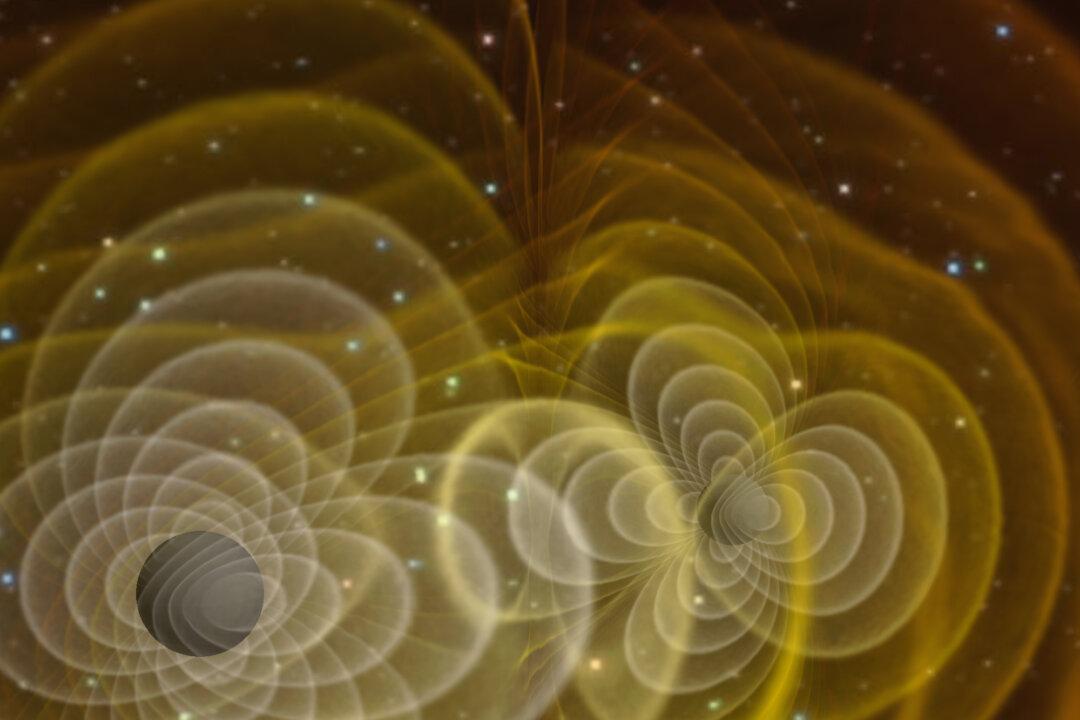The scientists behind the BICEP2 (Background Imaging of Cosmic Extragalactic Polarization) telescope last year made an extraordinary claim that they had detected gravitational waves, which are ripples in space-time. Initially hailed as the most groundbreaking discovery of the century, it later proved a false alarm: the signal was merely galactic dust.
So are we likely to ever find gravitational waves? And would they really provide irrefutable evidence for the Big Bang? Here are five common myths and misconceptions about gravitational waves.
1. Setbacks Are Just Due to Teething Problems
It may seem like the search for gravitational waves has only just begun, but it has actually been going on for decades without success.
Gravitational waves are pulsating perturbations, or “ripples” produced in the fabric of space-time as a massive object moves through it. As they propagate, they stretch and squash objects, albeit on a subatomic scale. Scientists have therefore been trying to demonstrate the existence of gravitational waves by looking at how nearby objects are affected.

